

Remember the first time you visited Walt Disney World?
I certainly do. It was in November of 1972 during the Thanksgiving break, a little more than a year after the resort opened.
Things were decidedly different at the Vacation Kingdom of the World 45-plus years ago. At that time, Walt Disney World consisted of one park, the Magic Kingdom, two on-site luxury resorts [the Contemporary and the Polynesian] and a sprawling campground for the more outdoorsy types.
My wife, her younger brother and I flew into Orlando Jetport at McCoy, a former military air base that was in the early stages of transitioning into Orlando International Airport. We flew Eastern Airlines, then the official airline of Walt Disney World. After arriving and picking up our luggage, we rented a car just outside the airport and made the half-hour drive past cattle pastures and citrus groves to our hotel, located off a rather desolate stretch of highway known as International Drive. It would take several more years before the roadway would become the bustling thoroughfare it is today, rimmed with many more hotels, chain restaurants, convention centers and a variety of shopping venues.
The next morning, we got up early and joined the throngs of cars on Route 4, all seemingly headed to Walt Disney World. The toll booths were backed up, but after 15 minutes or so, we ponied up our 50 cents, received a ticket stub with a map of the sprawling parking lot on the back and followed the long line into the lot, which was divided into six sections named for Disney characters: Chip, Dale, Happy, Dopey, Goofy and Grumpy. We ended up parking in the Dopey lot.
We exited our car and walked to a tram pickup area. A few short minutes later, the tram pulled up and scores of anxious park guests quickly boarded for the open-air ride to the Transportation and Ticket Center [TTC]. As we pulled away from the stop, a cast member came over the loudspeaker to remind us to make note of where we had parked. “All you Dopey people will get off at this stop when you return,” he said with a straight face.

The tram made its way to the TTC, deftly navigating sharp turns along the way. We all disembarked and headed to the back of a long line of folks who were purchasing their tickets. In 1972, you needed to buy a general admission ticket, as well as books with individual tickets marked A, B, C, D and E, to enjoy the variety and attractions and adventures offered in the park.
An A ticket allowed you to experience a placid ride, while E tickets were reserved for the most exciting. You were told that there were kiosks located throughout the park should you want to purchase more tickets.
With an A coupon, which cost 10 cents to buy individually, you could ride the Main Street vehicles [omnibus, horse-drawn cars, horseless carriage and fire engine] and Cinderella’s Golden Carousel.
Moving up the ticket ladder, a B coupon [25 cents] allowed you to experience the Main Street Cinema, Frontierland Shootin’ Gallery, Mike Fink Keelboats, Dumbo the Flying Elephant and the Mad Tea Party.
C tickets cost 50 cents and got you on the Swiss Family Treehouse, Davy Crockett’s Explorer Canoes, Snow White’s Adventures, Peter Pan’s Flight, Mr. Toad’s Wild Ride and the Grand Prix Raceway.
Those holding D tickets [75 cents] could experience the Walt Disney World Railroad, Tropical Serenade, the Admiral Joe Fowler Riverboat, the Mickey Mouse Revue, the Skyway [from either Tomorrowland or Fantasyland] and Flight to the Moon.
Finally, for all the adventurous folks in your party, there were the fabled E tickets, which cost a whopping 90 cents. Those attractions, deemed the park’s “most exciting” at the time, included the Jungle Cruise, the Country Bear Jamboree, the Hall of Presidents, the Haunted Mansion, 20,000 Leagues Under the Sea and It’s a Small World.
There were several free attractions, including the Diamond Horseshoe Revue, If You Had Wings and a Circle-Vision film called “America the Beautiful.”

Once you made it through the arduous process of purchasing your tickets, it was on to another line outside the TTC, for either an Osceola boat ride across Seven Seas Lagoon or a far more exciting journey on a sleek, futuristic-looking monorail, both bound for the Magic Kingdom entrance. Needless to say, most guests opted for the monorail simply because just about everyone had ridden on a boat. A monorail? Now that would be something really different!
As we pulled out of the station and rode quietly along a concrete beam, a variety of large topiaries came into view below us, all carved into the shape of Disney characters.
Up ahead, the imposing A-framed Contemporary Hotel beckoned. Incredibly, the beam we were riding on would lead us right into the building! We slowed somewhat before gliding right into the Grand Canyon Concourse, where people were milling around, seemingly oblivious to the fact that a large transportation conveyance was passing through just a few feet above them … with little noise and no harmful exhaust fumes.
Once through the Contemporary, it was on to our much-anticipated final destination: The Magic Kingdom … but not before passing within view of the giant Mickey head made out of flowers in front of the train station.

What strikes me most about the Magic Kingdom of 1972 and the Magic Kingdom of today is that in 1972, it took several days to see and experience everything in the park. And there wasn’t nearly as much to see back then as there is now. There was no Space Mountain. No Big Thunder Mountain. No Splash Mountain. No Tom Sawyer Island. No Seven Dwarfs Mine Train. No Pirates of the Caribbean.
There was a charming Main Street, reminiscent of Walt Disney’s Midwestern hometown; a whimsical, fairytale-like castle, and a series of themed lands that pointed guests to a broad range of experiences.
Frontierland was probably the least developed area in the park in 1972, with just the Country Bear Jamboree and the Shootin’ Gallery to hang its hat on. Overhead photos of the Magic Kingdom at the time show a barren wasteland where Big Thunder and Splash Mountain would take up residence years later. Even though the Walt Disney Railroad’s tracks ran through the area, it was still pretty desolate.
That, of course, would change. The creative minds behind all of the park’s new attractions are constantly dreaming up new and exciting adventures, giving park veterans an excuse [as if we needed one] to return again and again.

Over the years, the Osceola boats would be replaced by larger, more efficient Staten Island-style ferries … A bus depot outside the park now enables guests to a transported to a myriad of on-property resorts … Tomorrowland would be updated to a retro vision of the future that never was … Fantasyland also would see significant changes in both style and substance … Beloved attractions would fade into Disney lore, with newer, more imaginative rides taking their place. Three new parks would be added to the WDW experience, along with a massive shopping/dining/entertainment district and two themed water parks.
Through it all, Walt Disney World in general, and the Magic Kingdom in particular, has remained true to Walt Disney’s original vision for Disneyland: That it would be a place where parents and children could have fun. Together.


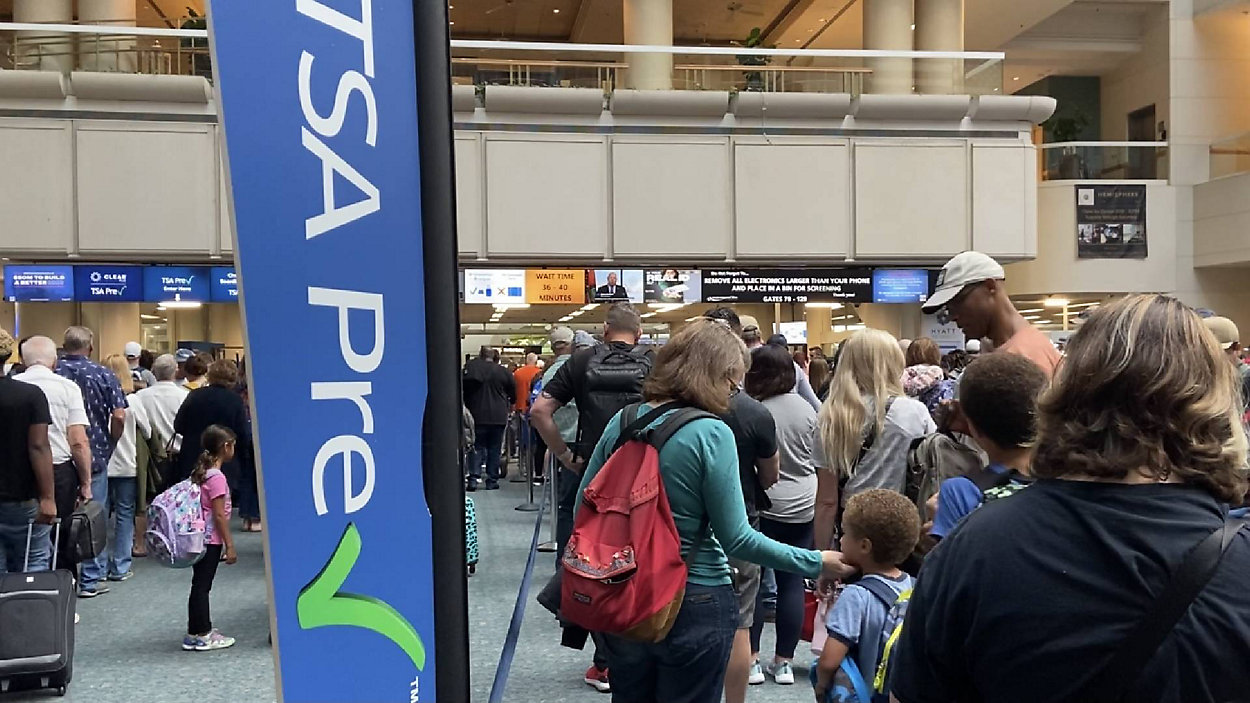
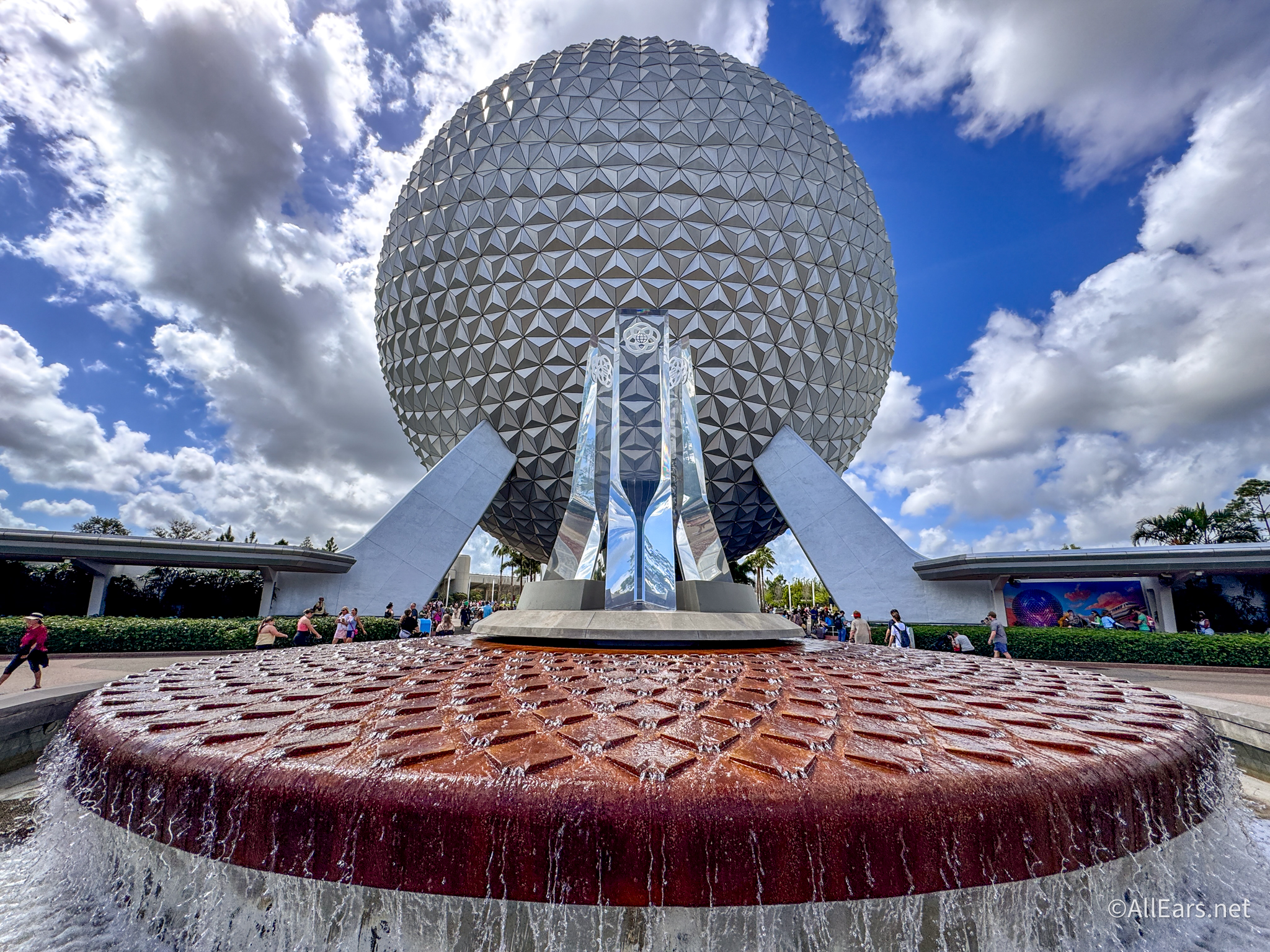
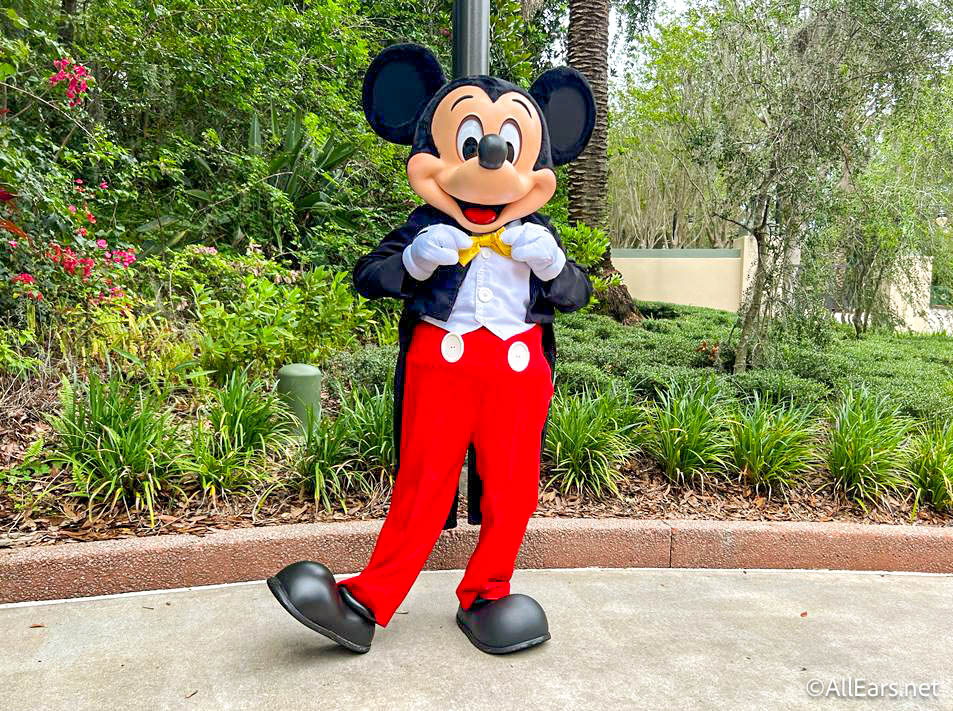
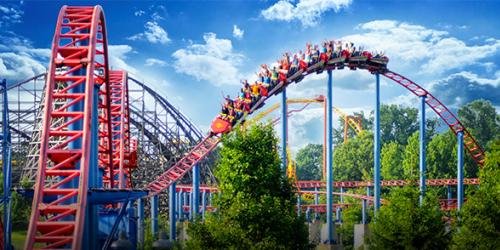
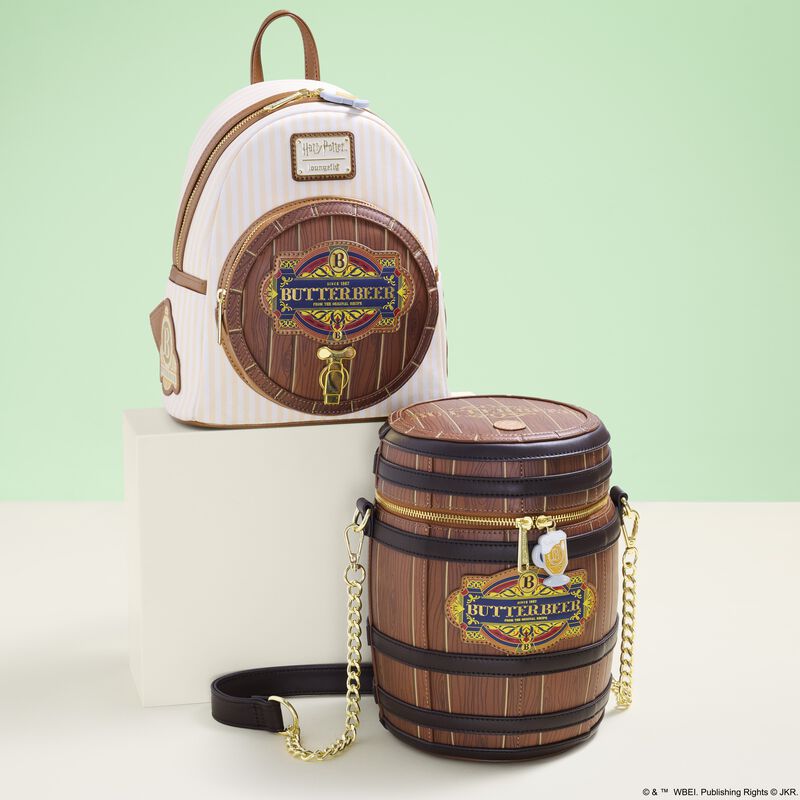

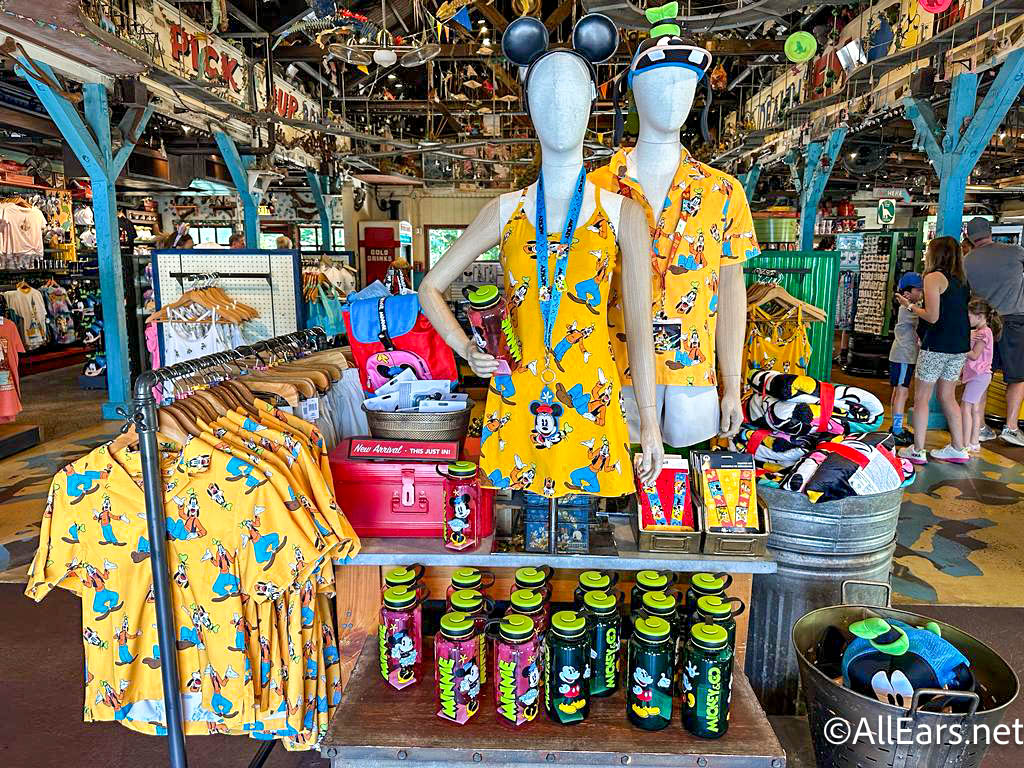
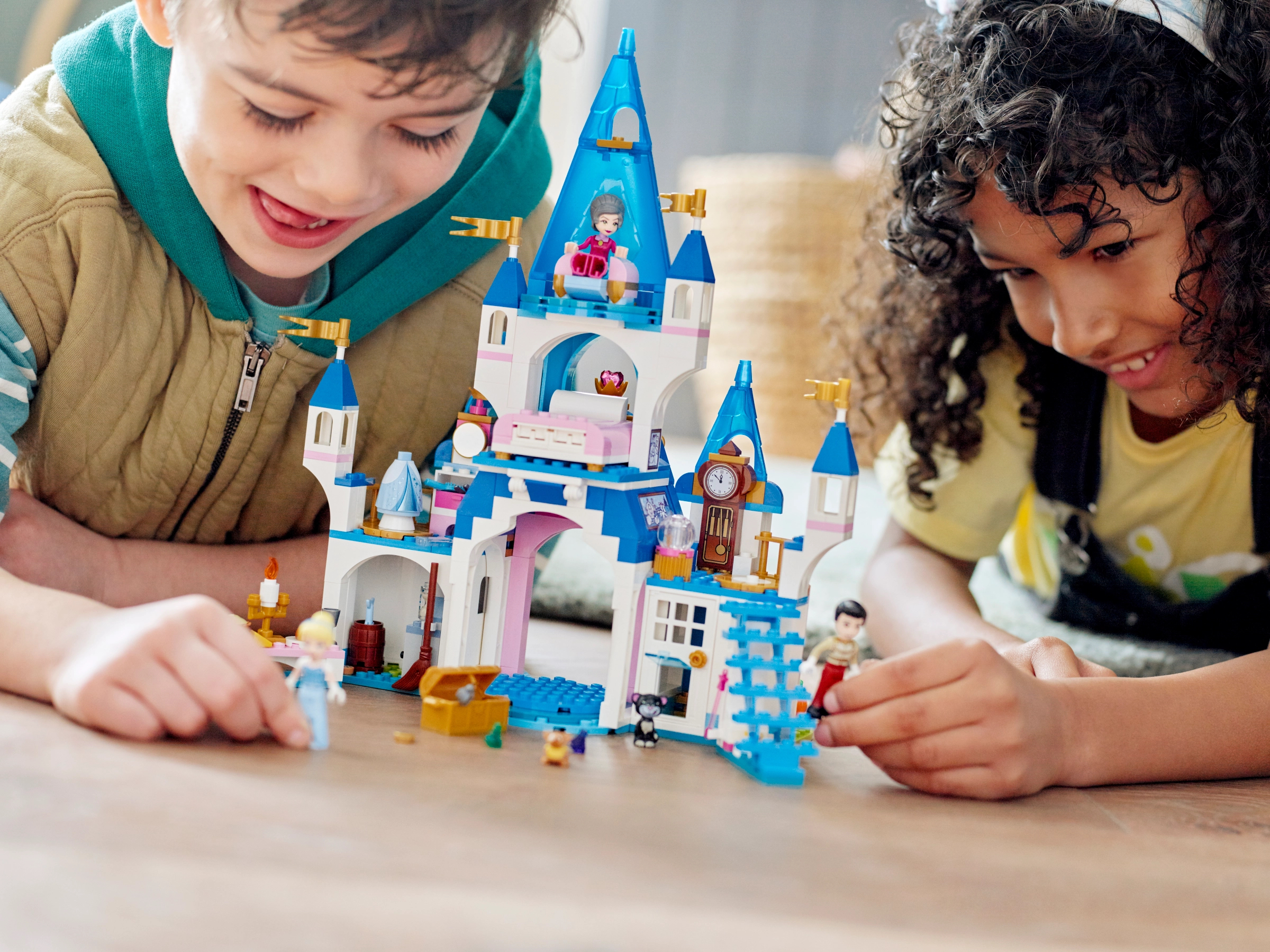
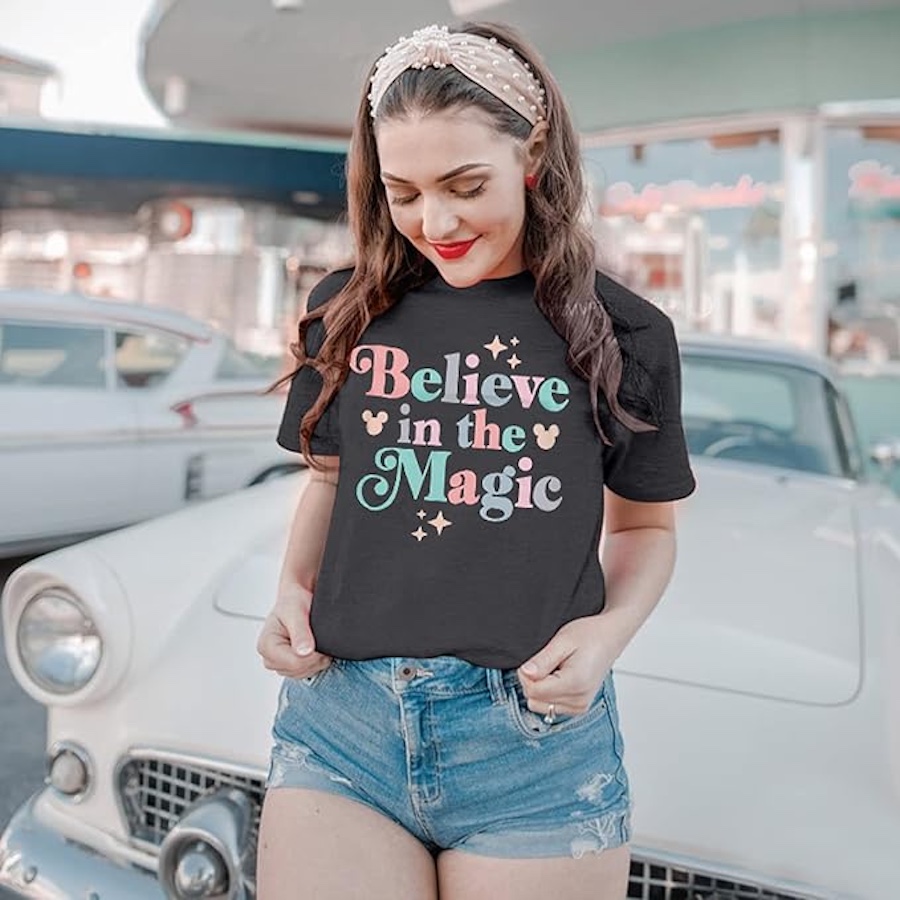
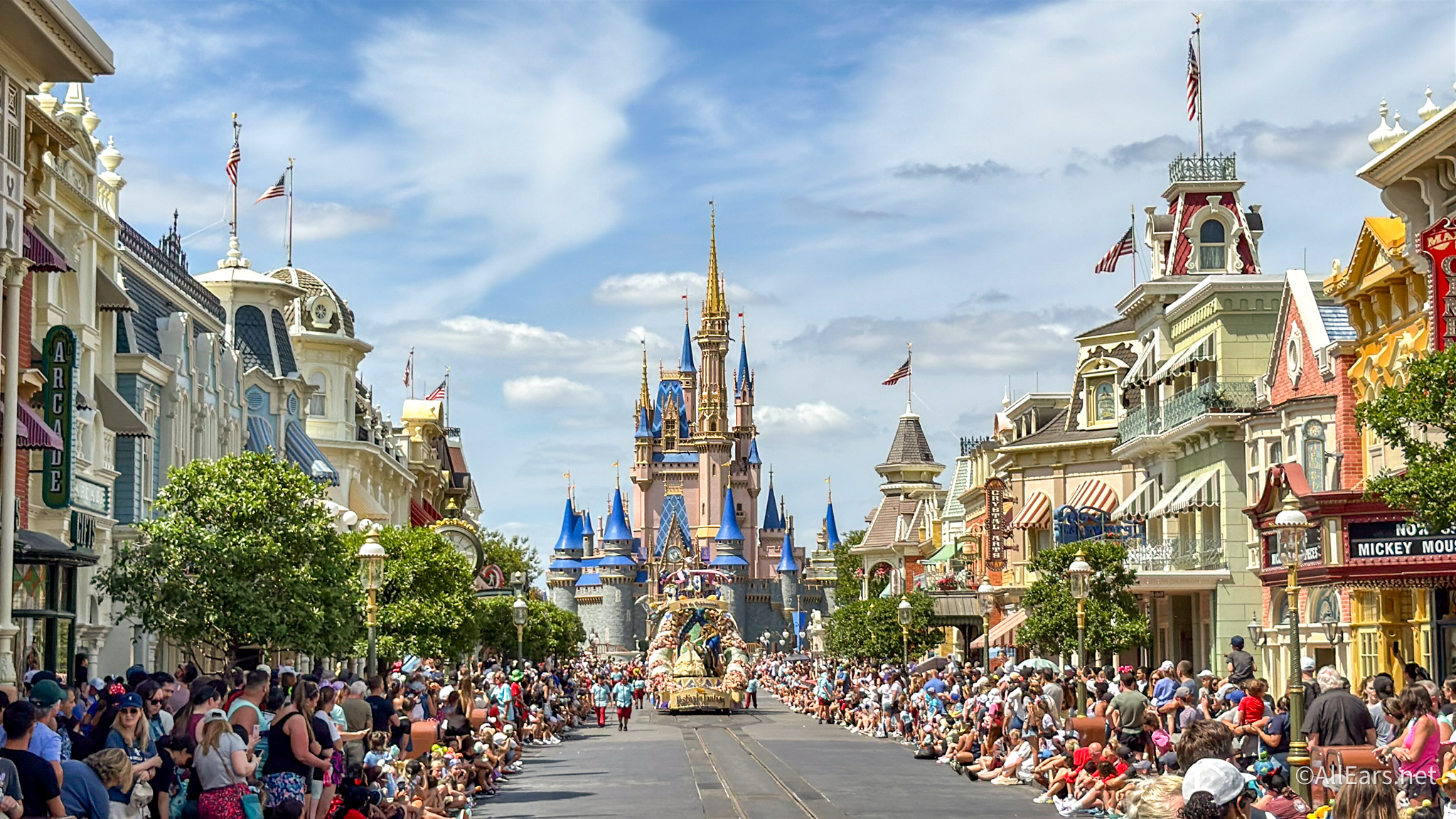
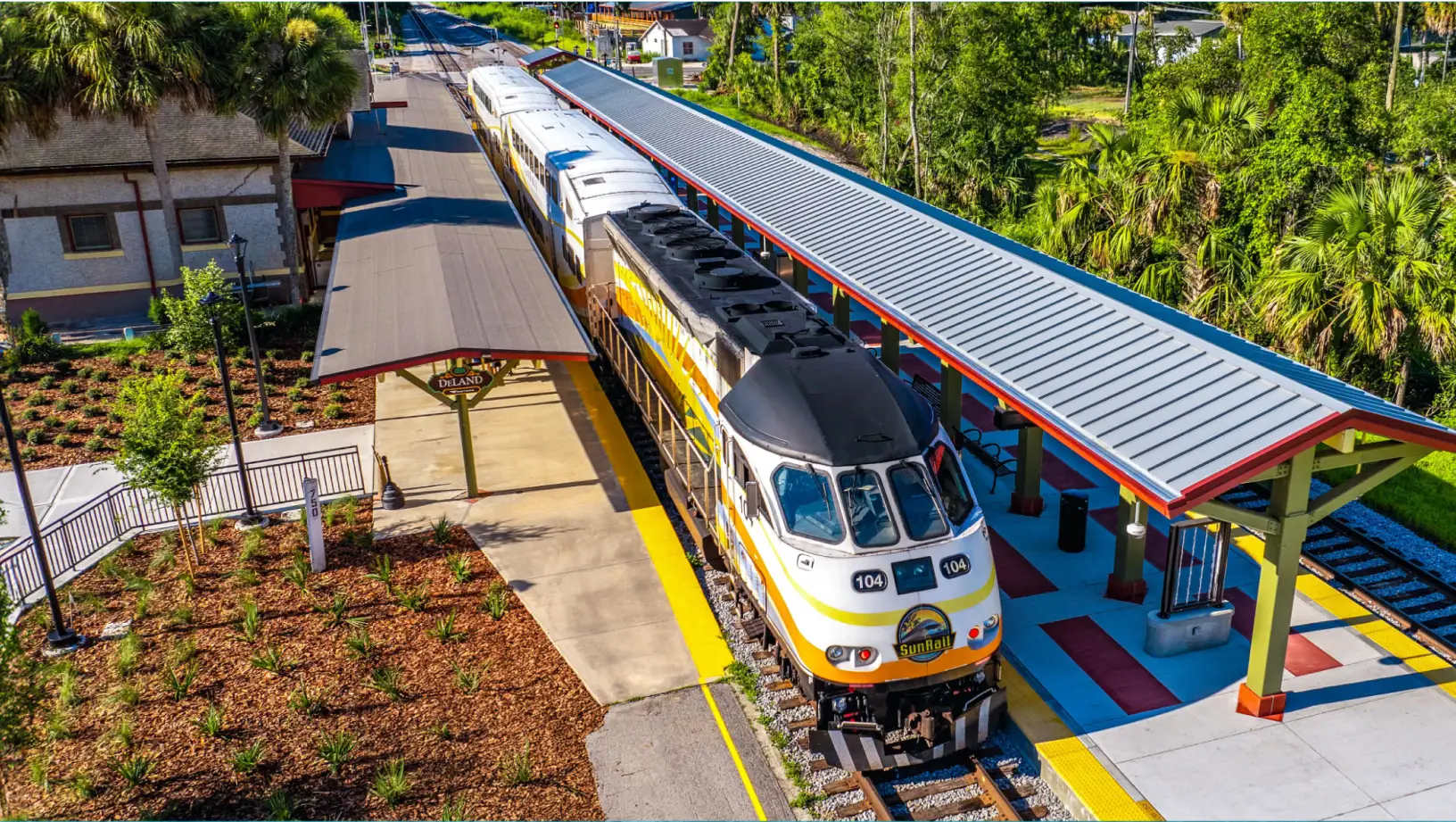
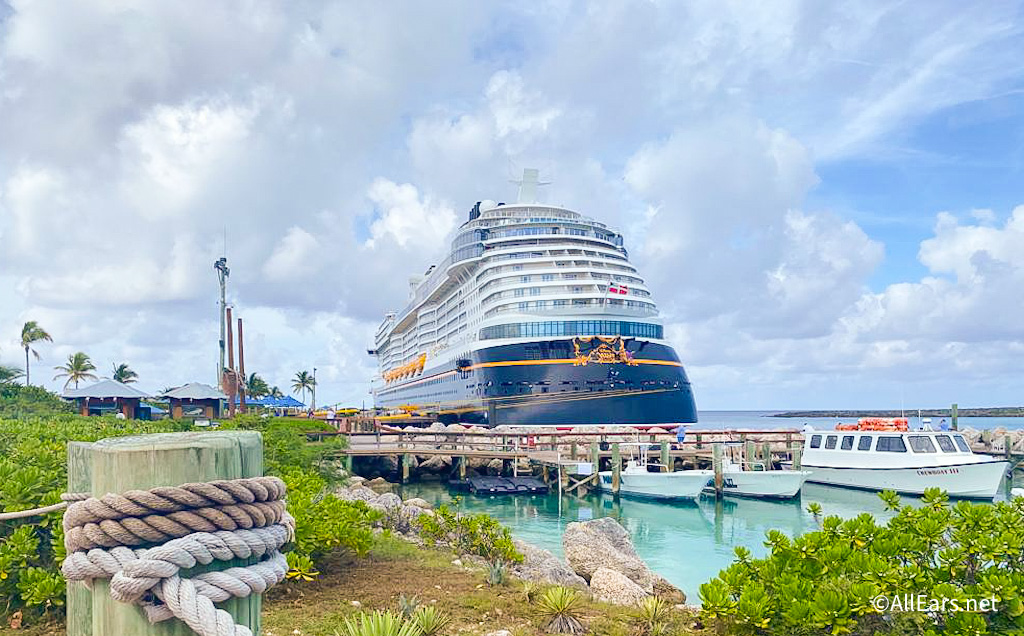
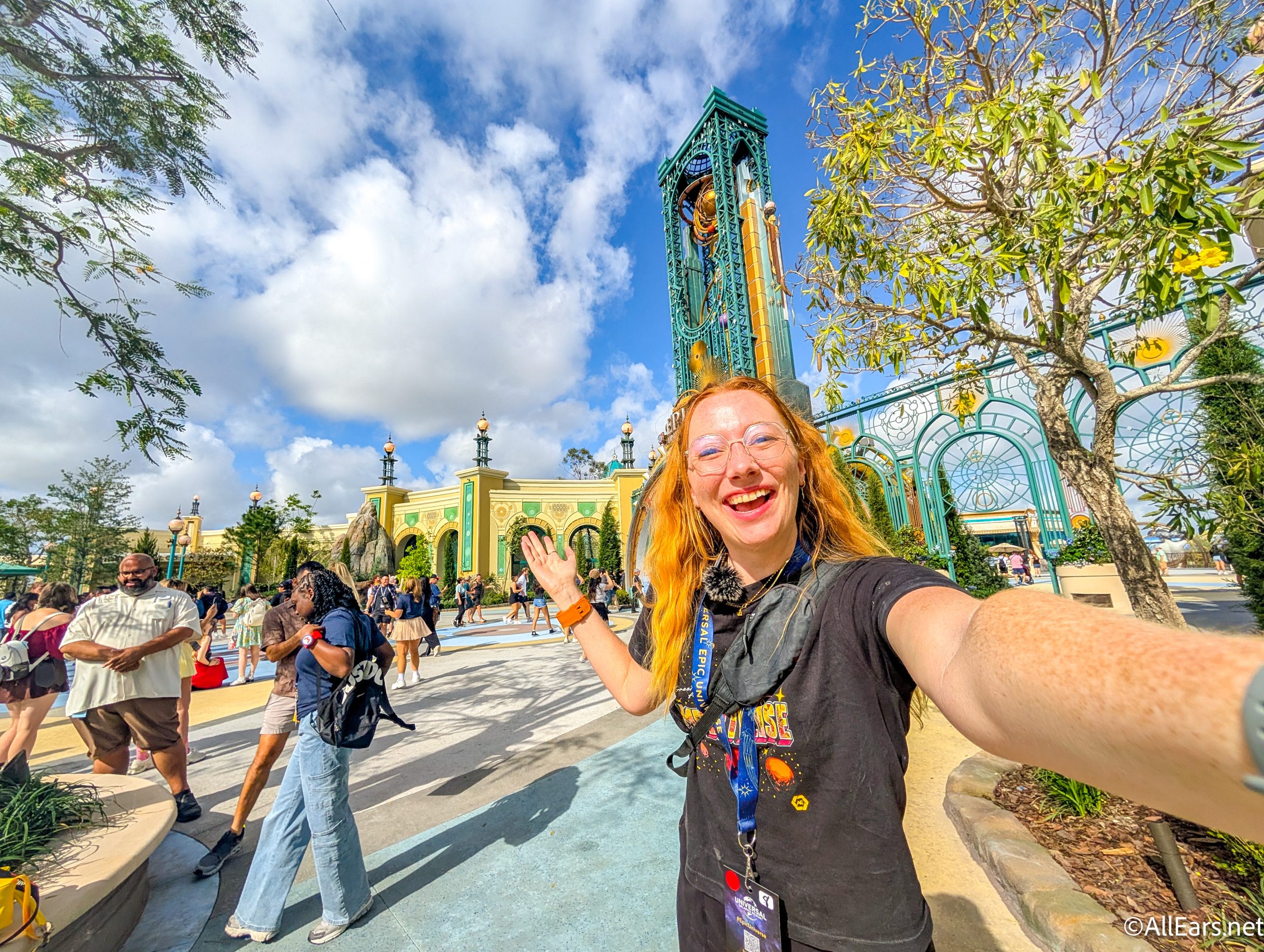


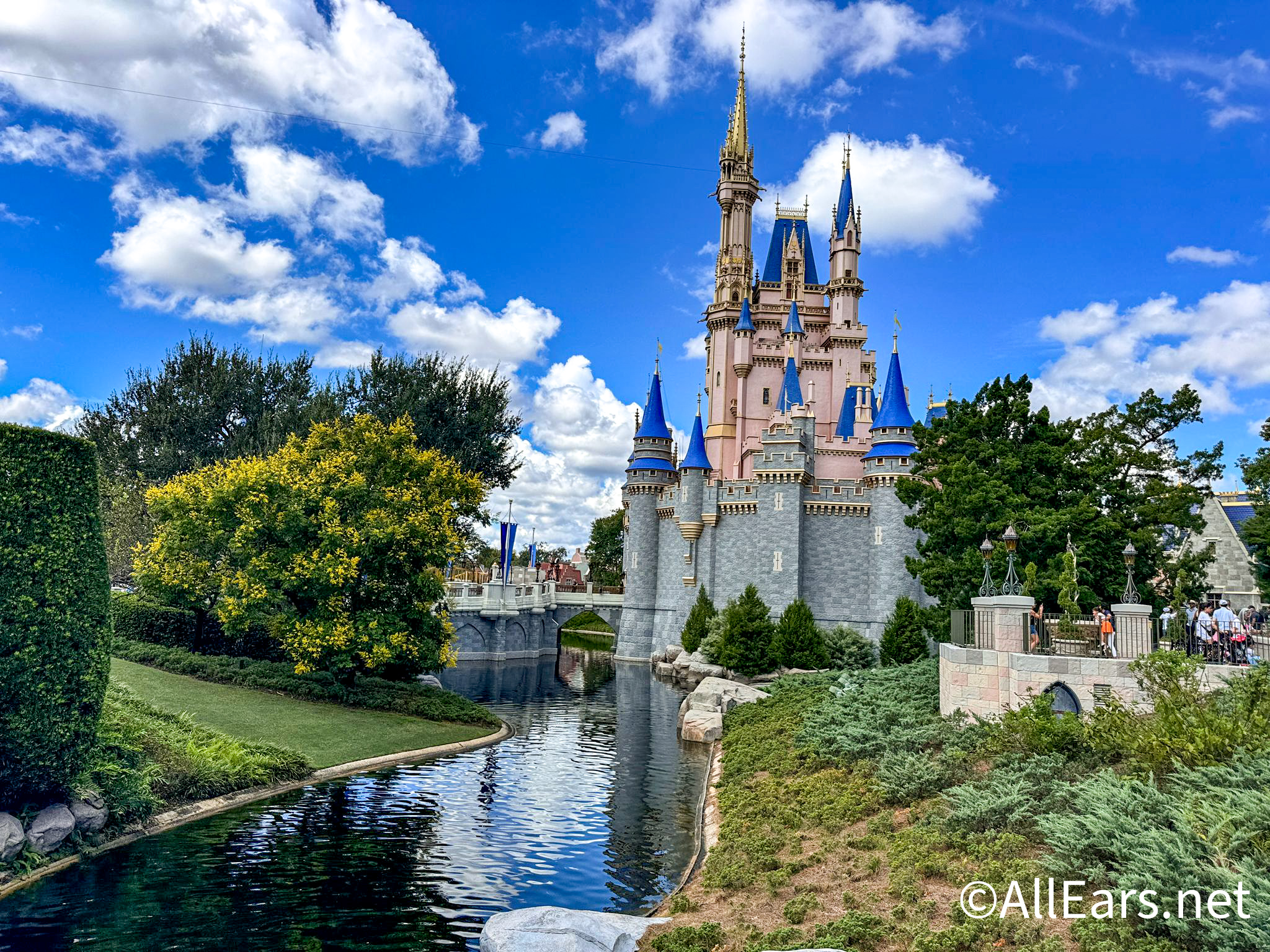
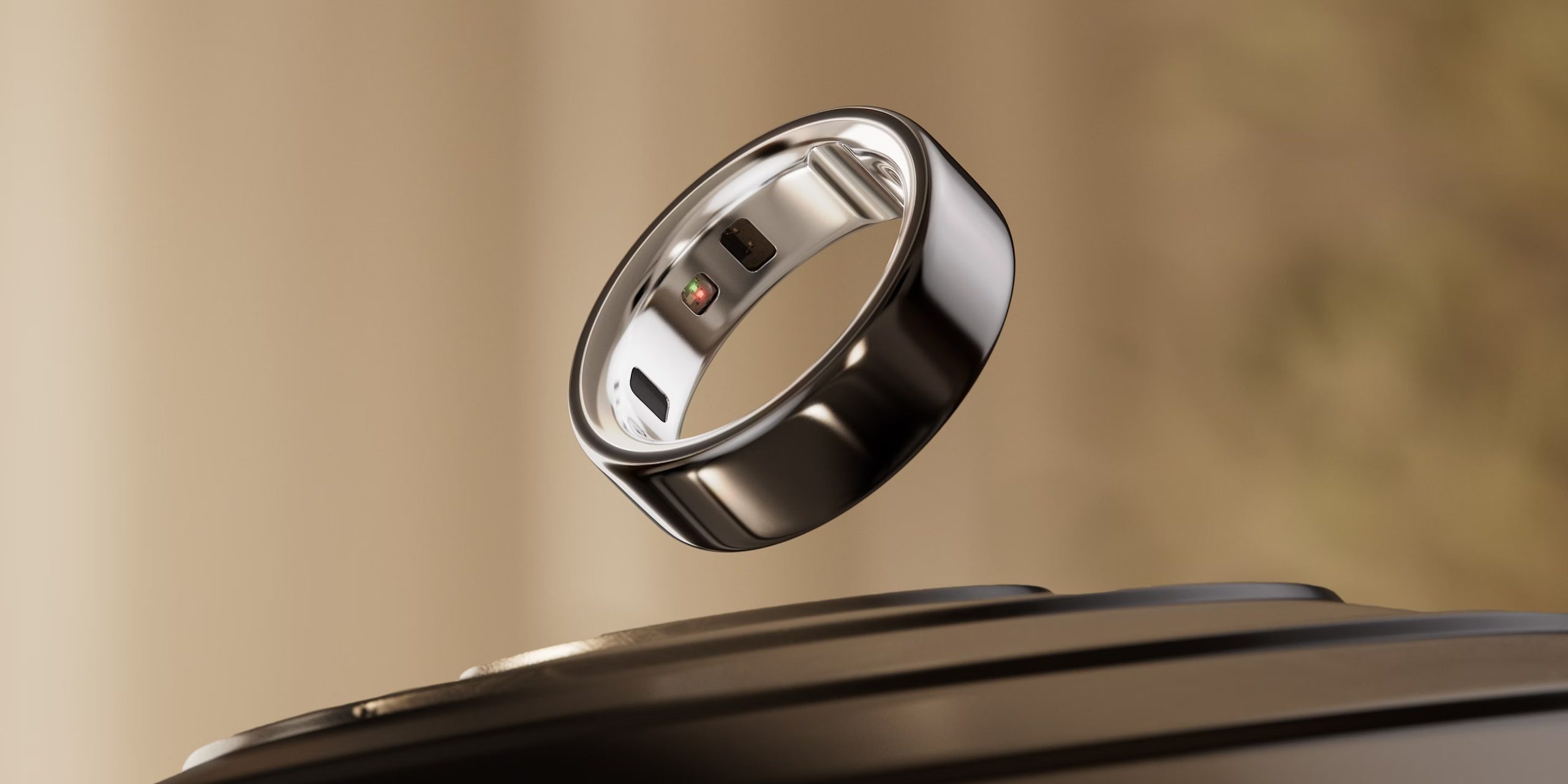
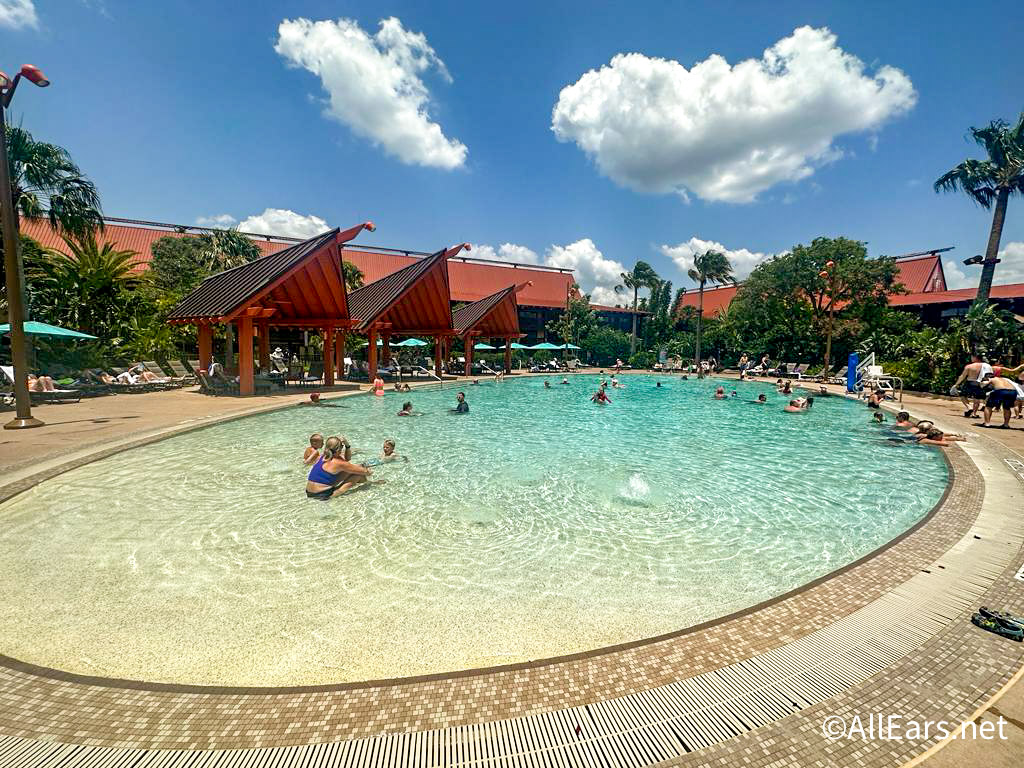

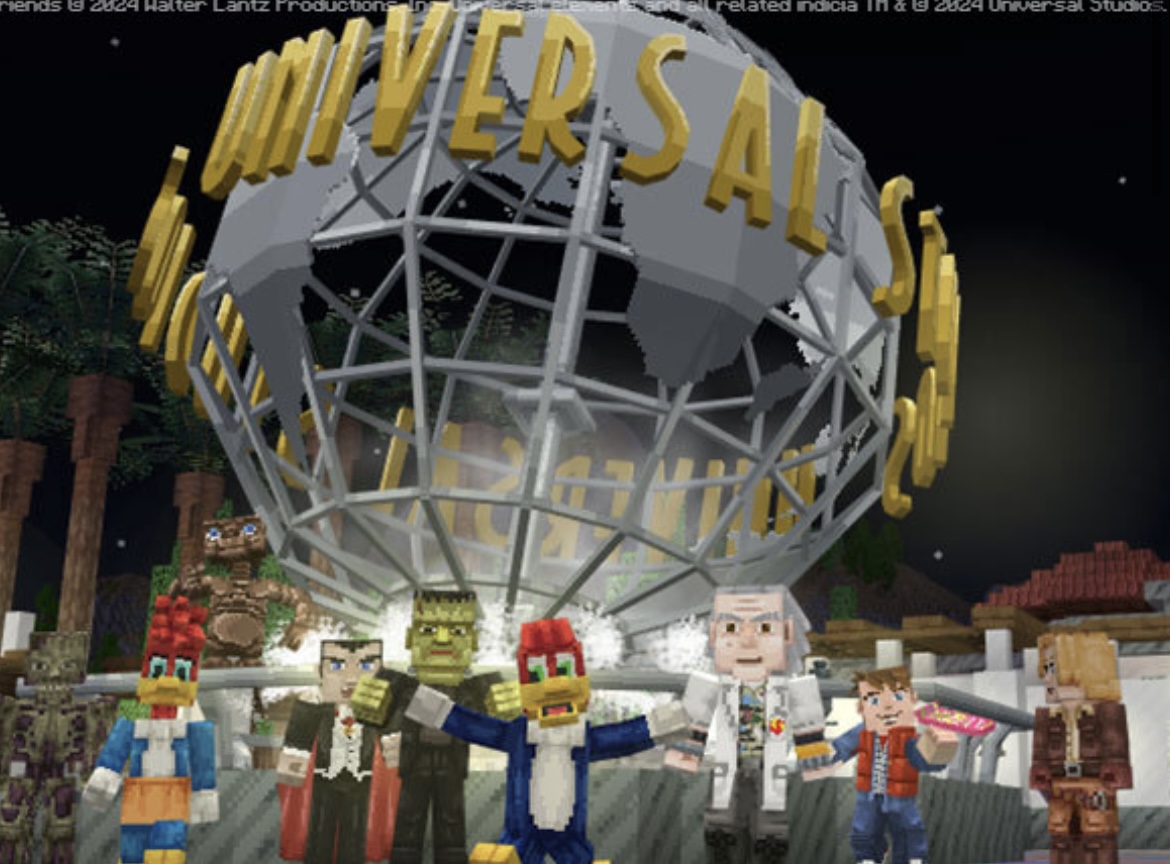
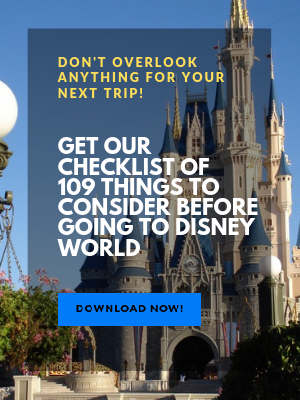
I thoroughly enjoyed reading your article on life in WDW during 1972. My first visit was in 1975 when the Magic Kingdom was the only park to visit. I loved seeing all the cattle and orange groves along the roadways when driving to Disney World! Even with all the parks, attractions and resorts available to guests nowadays, I long for the simplicity of when it was just the Magic Kingdom. Your article brought back so many wonderful memories. Thanks again!
Thanks, Linda. A trip down WDW’s Memory Lane is almost as much fun as a walk down Main Street USA! Chuck